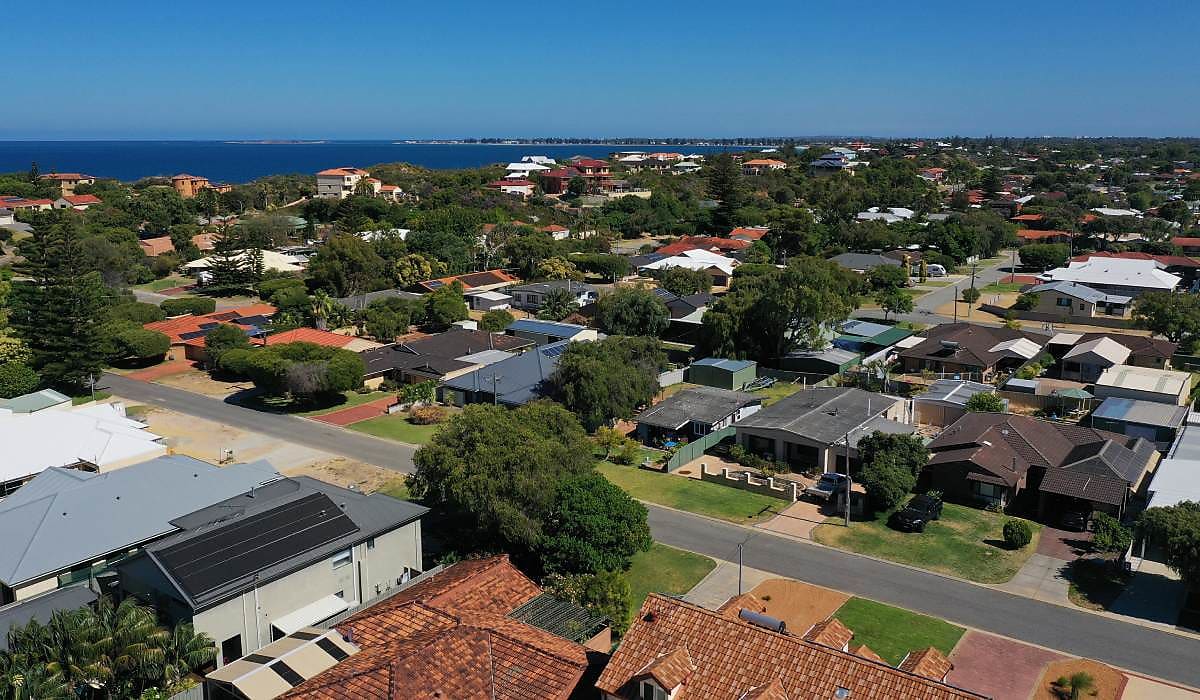Units lead national rental growth: CoreLogic
While rental growth continued to slow in June, one sector is showing remarkable resilience by bucking the downward trend.

CoreLogic’s data showed the national rental index increased by 0.6 per cent in July, marking the 35th consecutive month of growth, albeit with the smallest month-on-month rise since December 2021.
Both capital city and regional markets experienced a slowdown in rental growth over the month.
Capital city rental growth stood at 0.8 per cent, marking the lowest monthly rise since December last year.
During the most recent three-month period, Hobart (-2.1 per cent) and Canberra (-1.1 per cent) were the sole capitals experiencing a decline in rents.
Additionally, these two cities were the only ones witnessing a vacancy rate increase of more than 1 percentage point over the past 12 months, indicating a more balanced rental supply and demand scenario.
Similarly, regional areas of Australia faced evident slowing rental growth, with the combined regional rental index increasing by only 0.2 per cent in July, the lowest monthly rise since June 2020.
As rental growth eased, regional vacancy rates increased from a low of 1.3 per cent in early 2022 to 1.6 per cent in July. Despite this rise, regional vacancy rates continue to remain at half of the decade average (3.2 per cent).
The strongest rental conditions continued to be seen across the unit sector, where rents were up 2.9 per cent over the three months to July nationally, compared with a 1.9 per cent rise in house rents.
Since January 2022, the unit sector across the capital cities has consistently shown a higher rate of appreciation compared to houses.
CoreLogic attributed the trend to several factors, including more affordable unit rents, increased demand for medium to high density accommodation and supply constraints with approvals below the decade average since 2018.
Across the capital city and rest-of-state regions, the unit markets of Perth (4.3 per cent), Melbourne (4 per cent) and Brisbane (3.8 per cent) stand out with the fastest rate of rental growth over the rolling quarter.
At the other end of the spectrum, the largest decline in rents over the rolling quarter was in regional Northern Territory, where house rents were down 6.4 per cent over the past three months, alongside Hobart where house rents were down 2.2 per cent and unit rents were 2 per cent lower.
Over the year, the biggest annual change in unit rents were observed in Sydney (up 17.8 per cent), Perth (15.9 per cent), Brisbane (15.8 per cent) and Adelaide (11.4 per cent). Another city to post double-digit growth for unit rents was Adelaide, posting an 11.4 per cent increase over the 12-month period to July.
Hobart posted the smallest annual increase of 2.8 per cent, while Canberra was the only capital to record a decline in unit rents during the period, falling by 0.5 per cent.
For houses, Perth led the pack with an annual rental growth rate of 13.2 per cent. The Western Australian capital was followed by Melbourne (up 11.2 per cent), Sydney (9.1 per cent), Adelaide (8.7 per cent) and Brisbane (7.7 per cent).
Darwin and Hobart houses also saw gains during the period, recording annual growth of 1.8 per cent and 0.2 per cent, respectively.
